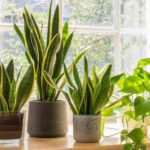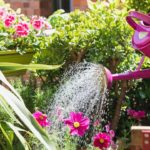The Lithops, or living stone plant, is a popular miniature houseplant, but many people struggle to keep it alive. If you’re one of them, read on to discover the 10 most common mistakes people make when caring for this unique plant and how to avoid them.
1 Watering Immediately After Repotting
After repotting your Lithops, it’s best to avoid watering for 24 hours and keep it in a well-ventilated area. Watering too soon can cause root rot, especially if the plant has been disturbed during the repotting process.
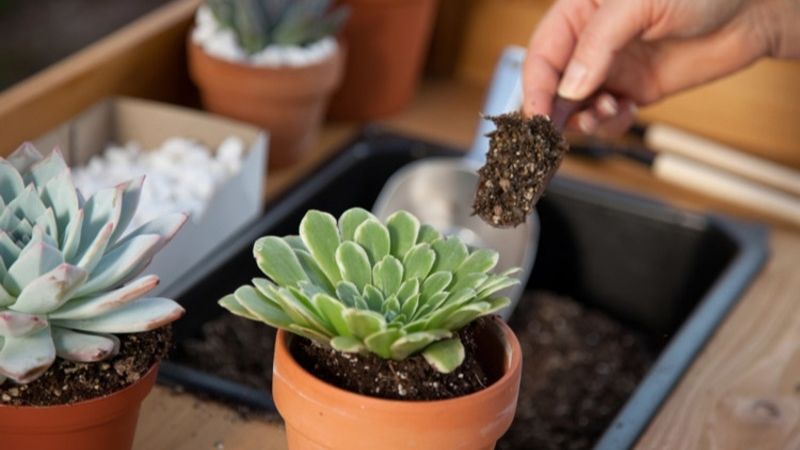 Watering after repotting can kill your Lithops
Watering after repotting can kill your Lithops
The roots of the plant may be damaged or exposed during repotting, and watering immediately can cause water to enter these wounds, leading to root rot.
2 Watering the Leaves
The roots of the plant need water the most, not the leaves. Lithops have unique, fleshy leaves that don’t require or benefit from direct watering.
Due to their overlapping leaf structure, watering the leaves can cause water to pool and lead to rot. Always water the soil directly, not the leaves.
 The correct way to water Lithops
The correct way to water Lithops
3 Overwatering
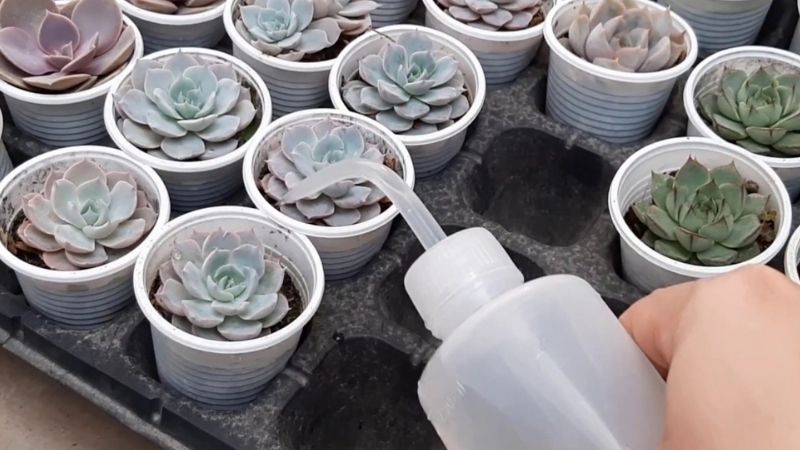 Overwatering can lead to root rot
Overwatering can lead to root rot
Before watering your Lithops, check if the soil is dry. If it’s still moist, avoid watering. Overwatering is a common cause of root rot in these plants.
4 Underwatering
Due to the fear of overwatering, some people severely underwater their Lithops, sometimes only providing a few drops of water. This can lead to leaf drop and eventual death of the plant. Water generously when you do water, ensuring the entire soil ball is moistened.
 Lithops suffering from underwatering
Lithops suffering from underwatering
5 Using a Pot Without Drainage Holes
It is essential to use a pot with drainage holes when planting Lithops. Without these holes, it’s difficult to water the plant correctly. Too little water and the plant dries out, but too much water with no drainage can lead to root rot.
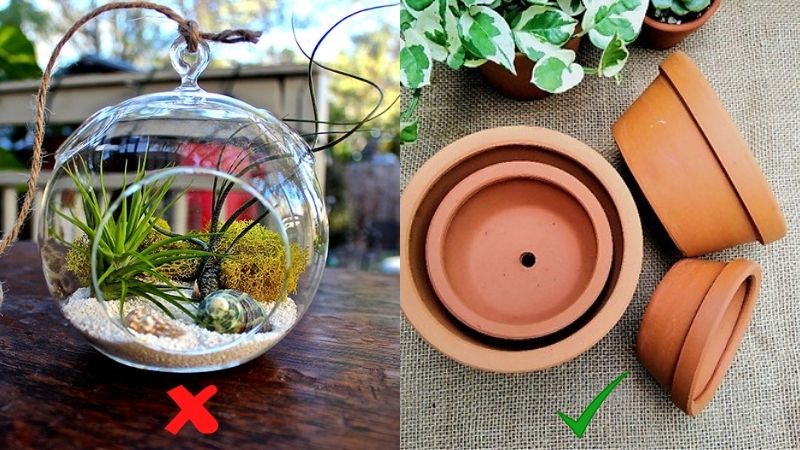 The correct pot for Lithops has drainage holes
The correct pot for Lithops has drainage holes
6 Choosing a Pot That’s Too Large
Some people believe that using a large pot will allow the plant to grow without needing to be repotted again. However, a pot that’s too large can hold too much soil and water, leading to root rot before the plant has a chance to grow into the extra space. Choose a pot that’s an appropriate size for your plant.
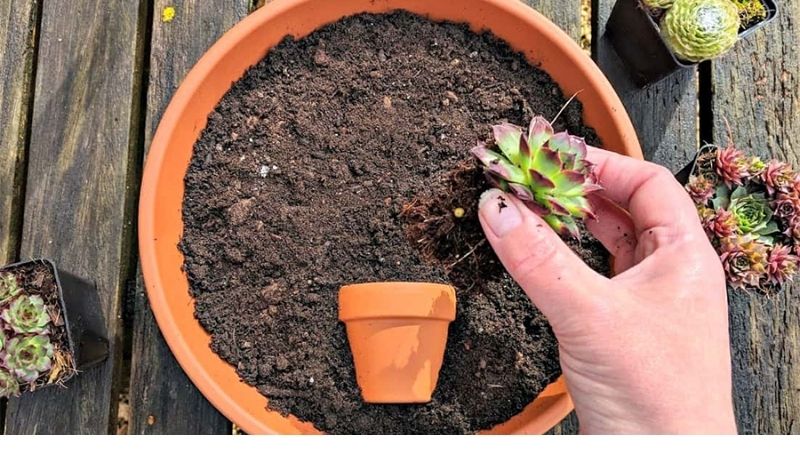 A pot that’s too large can kill your Lithops
A pot that’s too large can kill your Lithops
7 Using Inappropriate Soil
The type of soil you use is critical to the health of your Lithops. It must be well-draining, so consider adding specialized stones or gravel to your potting mix. A simple test is to water the soil and observe if the water drains quickly.
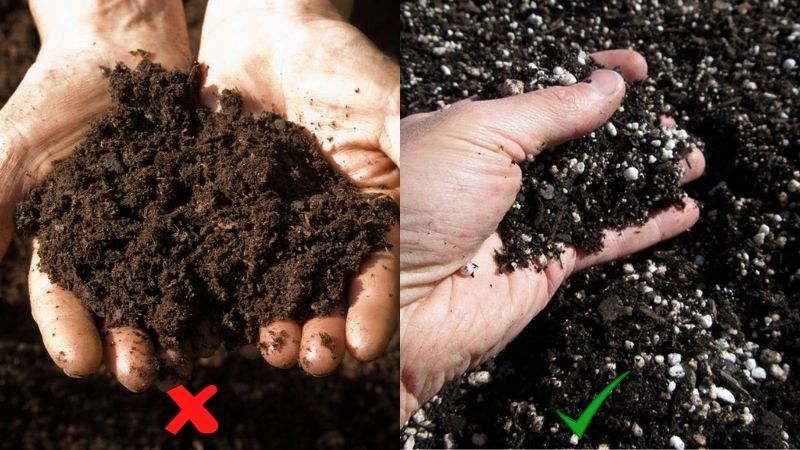 Appropriate soil for Lithops drains well
Appropriate soil for Lithops drains well
8 Insufficient Sunlight
Lithops need sunlight to thrive. A lack of sunlight can cause the plant to become weak and discolored. Aim for around 3-4 hours of sunlight per day.
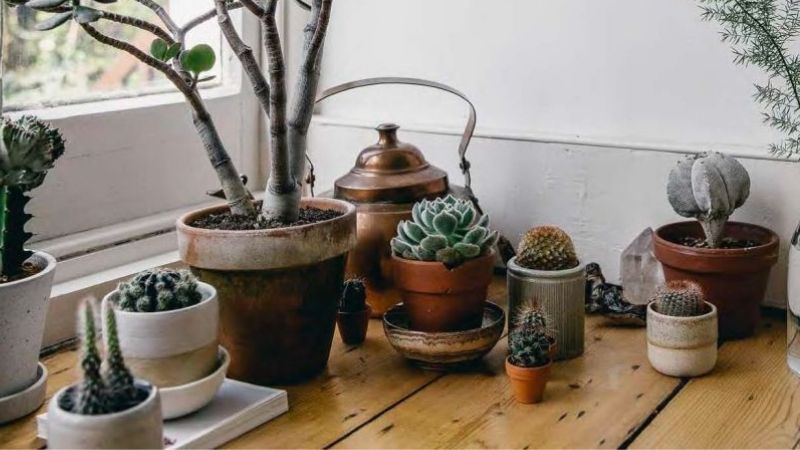 Lithops suffering from a lack of sunlight
Lithops suffering from a lack of sunlight
9 Too Much Sunlight
Leaving your Lithops in direct sunlight all day, especially during the hottest part of the day, can cause sunburn. The leaves will turn dark and wrinkle if they are getting too much sun. Move the plant to a shadier spot and avoid the harshest sunlight.
 Lithops suffering from sunburn
Lithops suffering from sunburn
If you tend to forget to bring your plant inside, set an alarm to remind yourself.
10 Growing from Seeds
Lithops seeds can be expensive, but they are not a reliable way to grow these plants. They take a long time to germinate, and even then, success is not guaranteed. The best way to propagate Lithops is through leaf cuttings.
 Don’t try to grow Lithops from seeds
Don’t try to grow Lithops from seeds
We hope that these tips will help you successfully grow and care for your Lithops. Happy gardening!


























